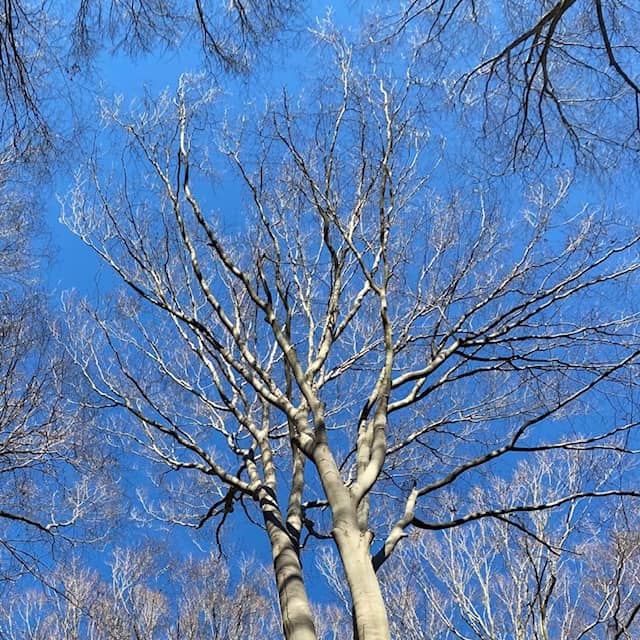Tree dormancy is some thing that all of us that live in areas with deciduous trees observe every fall. It’s an integral part of their survival. Yet few of us really know how or exactly why trees go dormant. Read on to find out some interesting information.
Definition and Characteristics
Tree Dormancy is a strategy that allows trees (and other plants) to survive during the harsh conditions of winter. It prevents loss of water, nutrients, and damage from extreme winter weather.
Think of tree dormancy as something similar to hibernation in animals. The key characteristics of tree dormancy are as follows.
First, the leaves fall off.
Second, the tree stops growing.
Finally, the tree stops completing metabolic processes.
Biology of Tree Dormancy
We know that trees go into dormancy in the fall, but what really happens on a cellular level. Of course, at the cellular level, it is a complex process. Trees go into dormancy when the amount of light decreases. The type of light available activates photo receptors in trees called phytochromes. This causes, among other things, photosynthesis to stop. Simultaneously, the tree produces abscisic acid. To make a long, complicated process short, the tree absorbs what sugars it has, in an attempt to ready for dormancy. Almost the reverse happens in the spring, when the duration of light increases. If you want to learn about all of the molecular changes related to tree dormancy, visit this webpage
How to Tell if a Tree is Dormant or Dead
The easiest way to tell if a plant is dead, is the snap test. Grab a branch and bend it. If it bends, then most likely the plant is alive. If it breaks, then that branch is dead. That doesn’t necessarily mean that the whole tree is dead, but it is does indicate that there are dead branches.
Some other indicators of dead trees are the following. Trunk rot, fungus growing on the trunk, or peeling bark can be indicators of a dead tree. Find out more about them here.
If a tree looks alive and well at the end of the summer, leaf drop and dormancy are just natural occurrences and nothing to worry about. If a tree is struggling at the end of the summer, we usually suggest waiting until spring before making any decisions. Some miraculously rejuvenate over the winter and others fail. There are numerous factors that impact the outcome.
Tree dormancy is a natural process that occurs in all deciduous tree in the fall. Just like hibernating animals, they awake from their dormancy in the spring, and the cycle of life continues.
